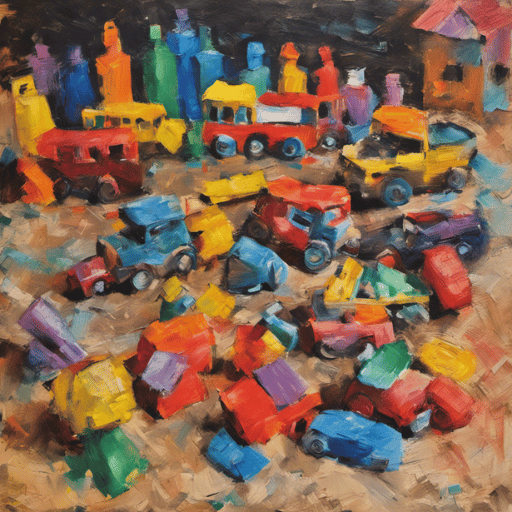Uganda Nursery Learning Resource Ideas
Uganda has a rich cultural tapestry and diverse natural environment that can be wonderfully integrated with the Reggio, Steiner (Waldorf), and Montessori philosophies. Here’s an exhaustive list of resources tailored for a Ugandan nursery setting:
New Resources
- Manipulatives & Sensorial Materials:
- Montessori geometric solids, brown stair, and color tablets.
- Steiner-inspired wooden playsets depicting Ugandan wildlife like lions, elephants, and gorillas.
- Sound boxes filled with local seeds, grains, or pebbles.
- Language Materials:
- Sandpaper letters for English and local languages, like Luganda or Swahili.
- Movable alphabets and storytelling sets based on Ugandan folklore and myths.
- Practical Life Materials (Montessori):
- Pouring and transferring exercises using local grains like millet or sorghum.
- Dressing frames featuring traditional Ugandan clothes, such as the ‘gomesi’ or ‘kanzu’.
- Practical life activities involving preparation of local foods or snacks.
- Mathematical Materials (Montessori & Waldorf):
- Bead chains, spindle box, and number rods.
- Waldorf wooden counting materials shaped like African symbols or patterns.
- Natural Materials:
- Shells from Lake Victoria.
- Leaves, seeds, and bark from trees like the African teak, jackfruit, or the sausage tree.
- Stones or sand from various Ugandan landscapes.
- Arts and Crafts:
- Watercolor sets and natural clay.
- Craft kits for creating Ugandan patterns or beaded jewelry.
- Materials for local crafts, like basket weaving.
- Music & Movement:
- Traditional Ugandan musical instruments like the ‘adungu’ (harp), ‘akogo’ (thumb piano), or drums.
- Ugandan children’s songs or dances.
- Cultural & Science Materials (Montessori & Reggio):
- Montessori puzzle maps of Africa highlighting Uganda.
- Animal figures representing the diverse Ugandan wildlife.
- Project stations exploring the Nile River, Ugandan tribes, or significant landmarks.
- Books & Literacy:
- Local stories or folklore in English or local languages.
- Picture books showcasing Ugandan landscapes, wildlife, or daily life.
- Outdoor Equipment:
- Gardening tools for planting local plants like matoke (banana) trees or coffee plants.
- Traditional games equipment, like the Omweso board game.
- Sand and water play setups.
Recycled Resources
- Old Clothes: Traditional Ugandan attire for tactile exploration or dress-up.
- Used Newspapers: For art projects or to identify local scripts or languages.
- Cardboard Tubes or Boxes: For crafting or play.
- Old Kitchen Tools: For practical life exercises, especially those used in traditional Ugandan cooking.
- Wool or Cloth Scraps: From local fabrics like bark cloth, for crafting or weaving.
- Used Glass or Plastic Bottles: For sensory jars, storage, or music making.
- Old Coins: For counting, sorting, or cultural exploration.
Local Resources & Crafts (Uganda-specific)
- Bark Cloth Crafts: Using this unique Ugandan fabric made from the Mutuba tree.
- Bead-Making Kits: Especially using recycled paper, a craft developed and popularized in Uganda.
- Djembe or Drum Crafting: A simplified crafting or decoration kit.
- Basket Weaving Kits: Using locally available materials like papyrus or banana leaves.
- Matoke Cooking Set: Small tools for kids to mimic the preparation of this staple food.
- Local Pottery Kits: Materials and tools to create pots or sculptures.
- Dance Costume Craft Sets: Using materials to make simple dance outfits for traditional Ugandan dances.
Incorporating these resources into a Ugandan nursery offers children a deep connection to their local culture, environment, and traditions while still adhering to the universal principles of Reggio, Steiner, and Montessori education.
Ready to start planning?
Click the button above to get our planner that can be used to store your learning resource wishlist, keep an inventory and collaborate with your team on potential purchases.












